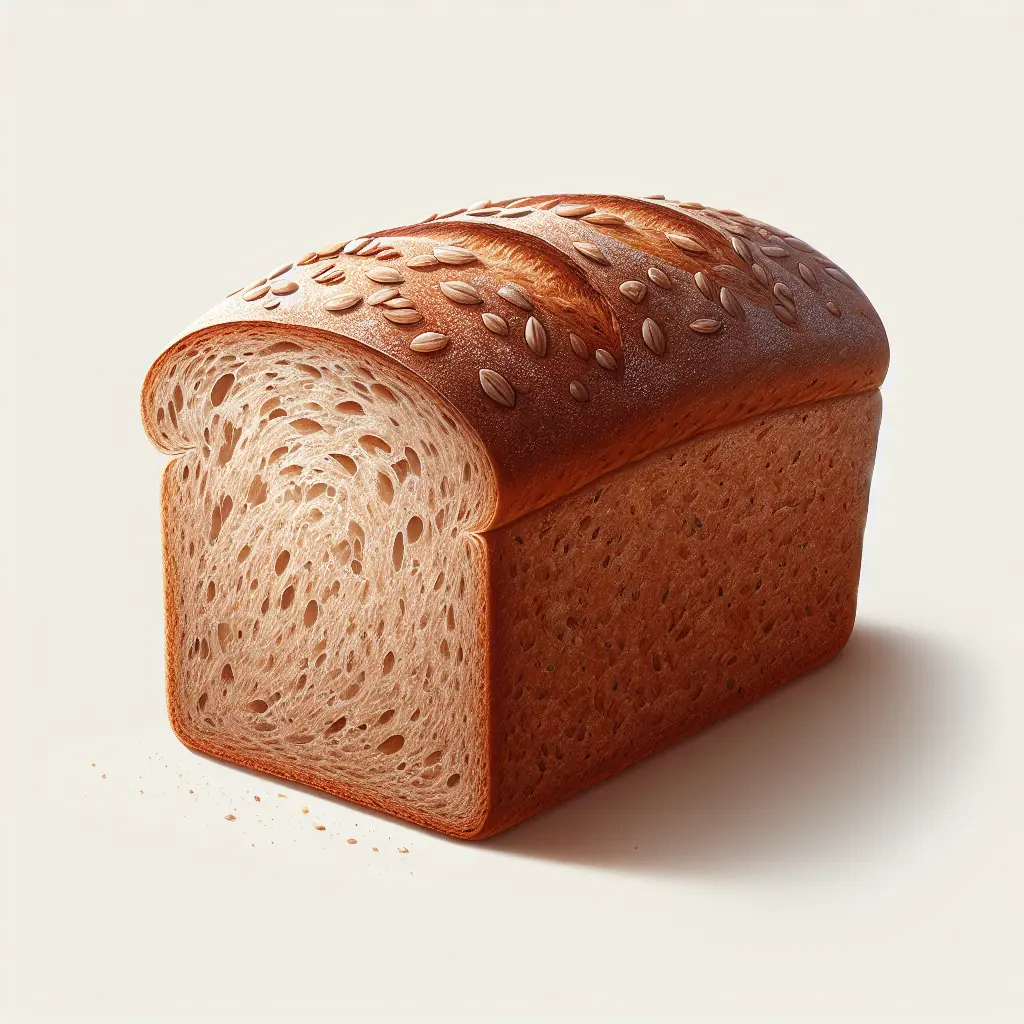Whole Grain Bread: A Nutritional Powerhouse
Whole grain bread is made from the entire grain kernel, including the bran, germ, and endosperm. This makes it a rich source of essential nutrients, including:
- Fiber: A crucial nutrient for digestive health, fiber helps regulate blood sugar levels, promotes satiety, and reduces the risk of chronic diseases such as heart disease and type 2 diabetes.
- B vitamins: These vitamins play a vital role in energy metabolism, brain function, and cell growth.
- Iron: An essential mineral for red blood cell production, iron helps transport oxygen throughout the body.
- Magnesium: Involved in over 300 bodily functions, magnesium supports muscle and nerve function, blood sugar control, and bone health.
In addition to these nutrients, whole grain bread also contains antioxidants that protect cells from damage and may reduce the risk of certain cancers.
Health Benefits of Whole Grain Bread
Consuming whole grain bread is associated with a number of health benefits, including:
- Improved heart health: The fiber in whole grain bread helps lower cholesterol levels and reduce the risk of heart disease.
- Reduced risk of type 2 diabetes: The fiber and slow-digesting carbohydrates in whole grain bread help regulate blood sugar levels and reduce the risk of developing type 2 diabetes.
- Improved digestive health: The fiber in whole grain bread promotes regular bowel movements and helps prevent constipation.
- Weight management: Whole grain bread is a relatively low-calorie food that provides sustained energy, contributing to weight management efforts.
- Reduced risk of certain cancers: The antioxidants in whole grain bread may reduce the risk of certain cancers, such as colon and breast cancer.
Incorporating Whole Grain Bread into Your Diet
Whole grain bread is a versatile food that can be enjoyed in a variety of ways. Try these tips to incorporate it into your diet:
- Choose whole grain bread over white bread or other refined grains.
- Look for breads that have a higher fiber content (at least 2 grams per slice).
- Use whole grain bread for sandwiches, toast, or as a base for pizzas and other dishes.
- Experiment with different types of whole grain bread, such as whole wheat, rye, or sourdough.
By making small changes to your diet, such as incorporating whole grain bread, you can reap the numerous health benefits it offers.
How many calories are in Whole Grain Bread?
Each 1 slice of Whole Grain Bread contains 81 calories.
Whole Grain Bread Nutritional Information
| Nutrient | Amount per 1 slice (32g) |
|---|---|
| Calories | 81 Calories |
| Protein | 4g |
| Fat | 1.1g |
| Saturated Fat | 0.2g |
| Cholesterol | 0mg |
| Carbohydrates | 14g |
| Dietary Fiber | 1.9g |
| Sugar | 1.4g |
| Sodium | 0.146mg |
| Potassium | 0.0813mg |
| Calcium | 0.052mg |
| Iron | 0.0008mg |
